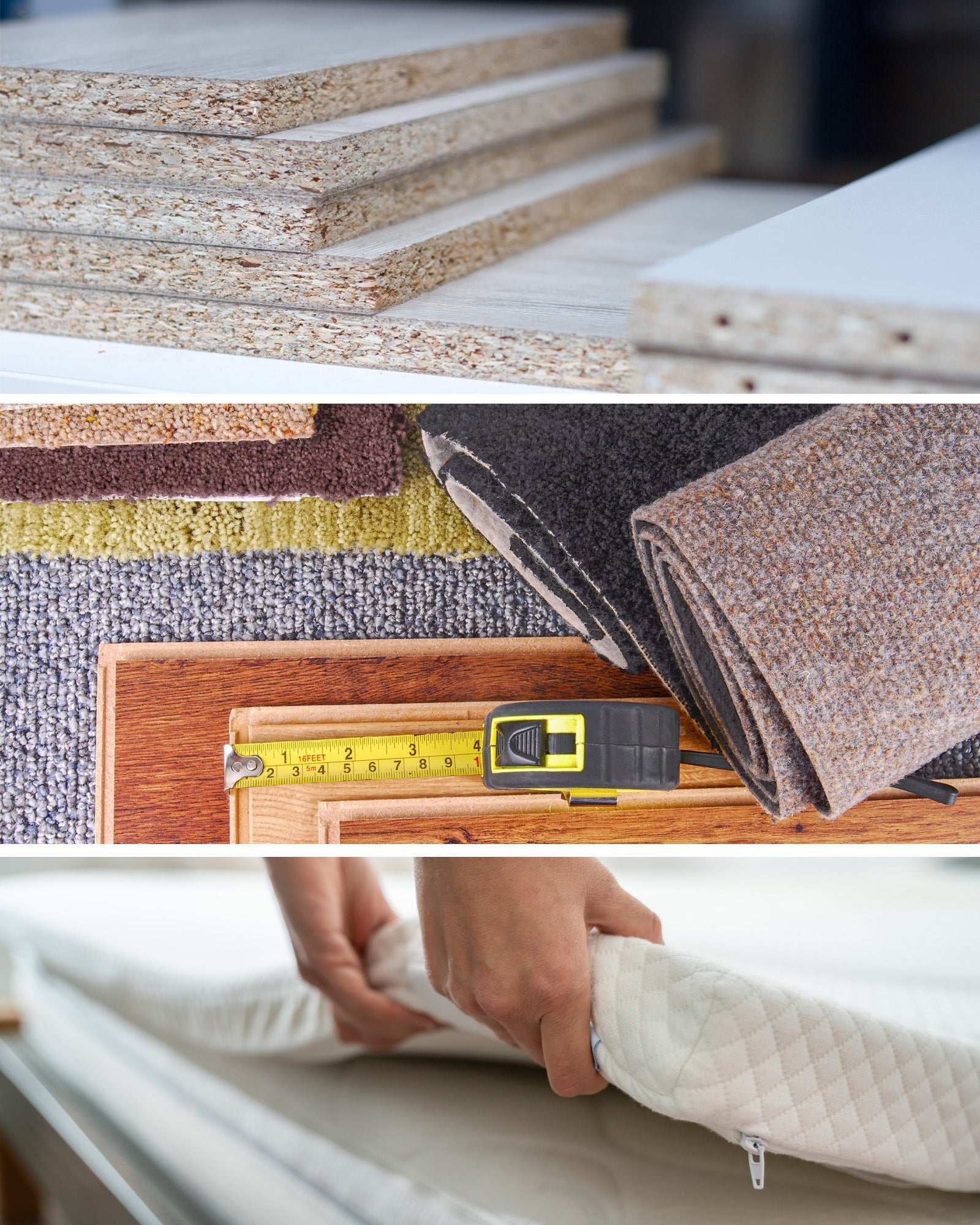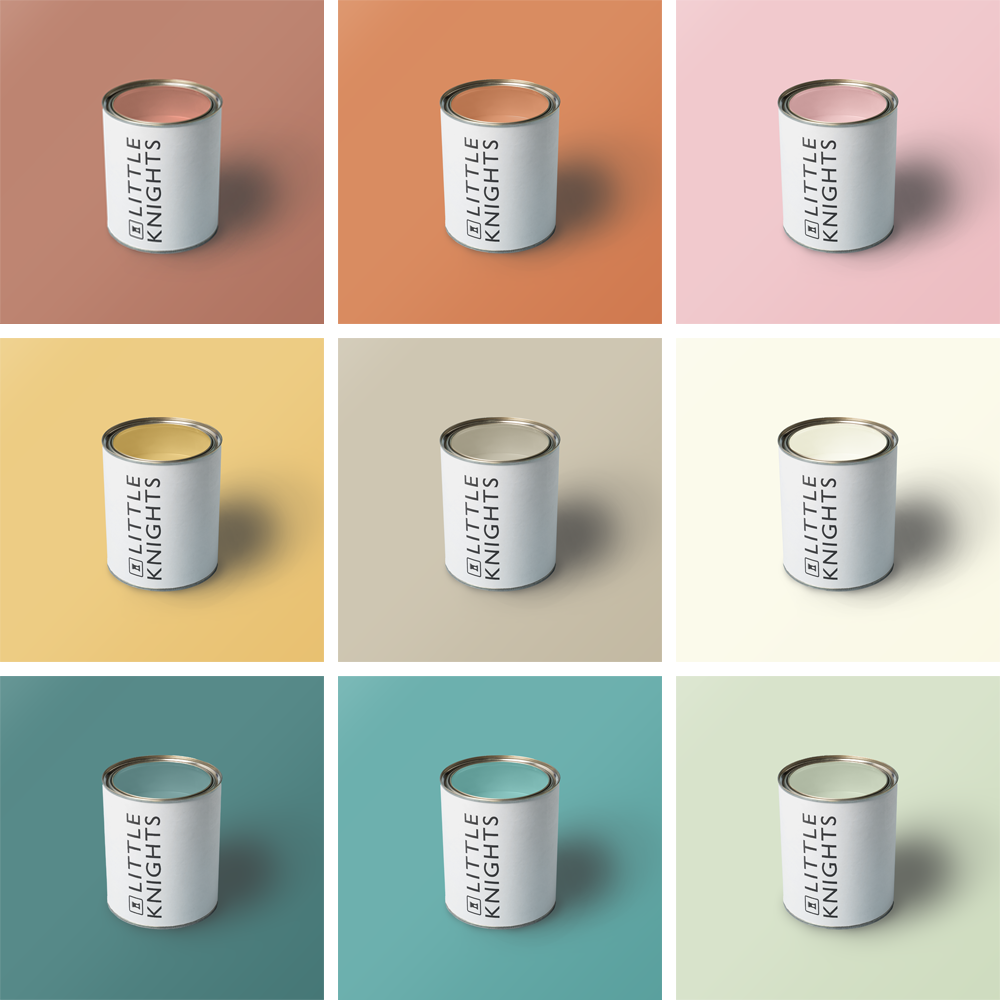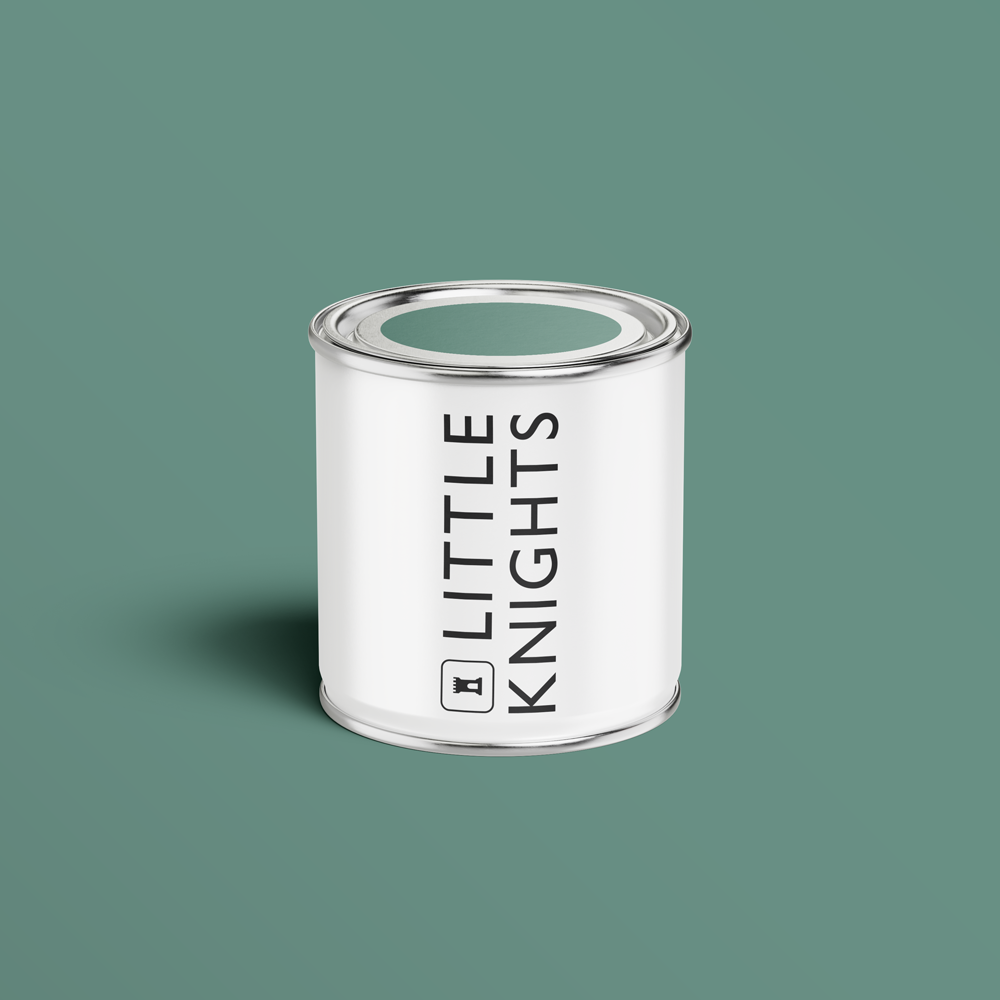Formaldehyde-absorbing paint
Little Knights is a beautiful household paint that does more to protect your family than you ever thought a paint could do. Not only is it odourless, 100% zero-VOC, and antibacterial, our wonderful paint has another unique and incredible property – it helps to remove formaldehyde from the air.

As buildings are more tightly sealed to improve energy efficiency there is growing concern that indoor air is becoming increasingly polluted. Formaldehyde, a known carcinogen, is widely used in the manufacture of everyday household items such as flatpack furniture, carpets, curtains and insulation. It is slowly released into your home, becoming airborne and polluting the air your family breathes.

Our paint actively helps to improve the quality of the air in your home. It contains a unique monomer that bonds with formaldehyde molecules on contact, transforming them into harmless vapour.
It begins working as soon as the paint is applied and continues to work for as long as Little Knights paint is on your walls.















